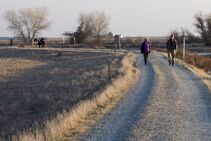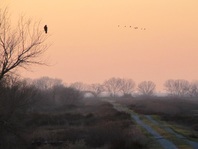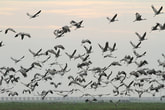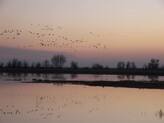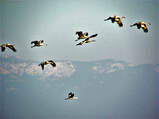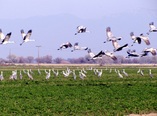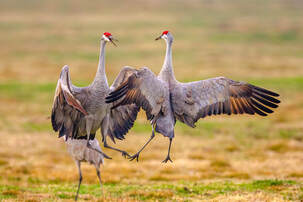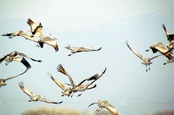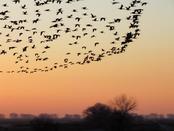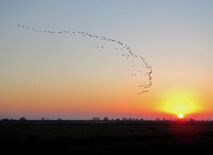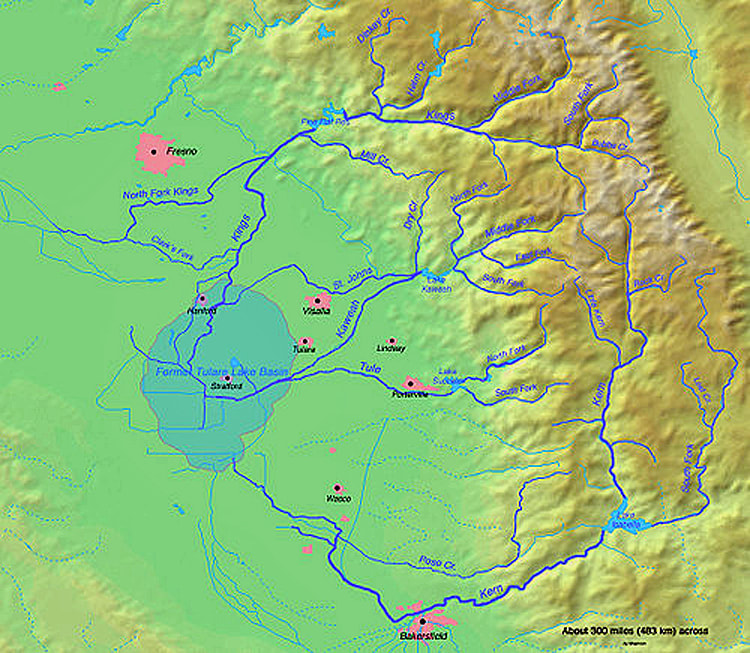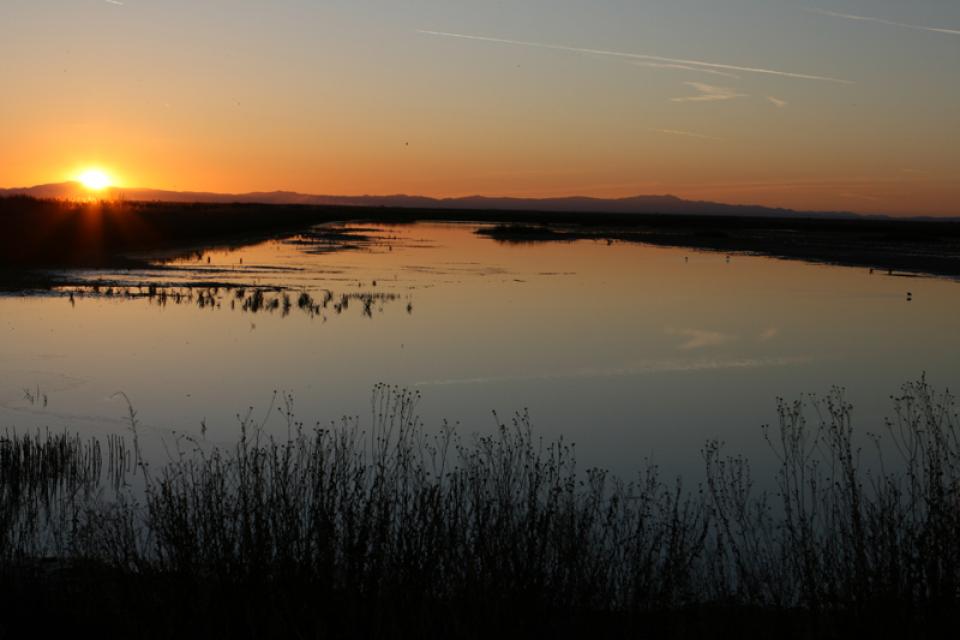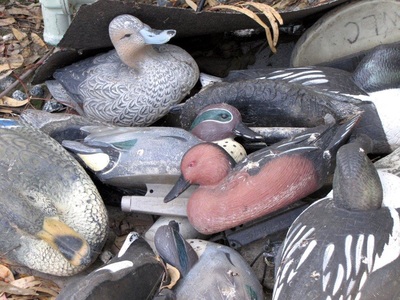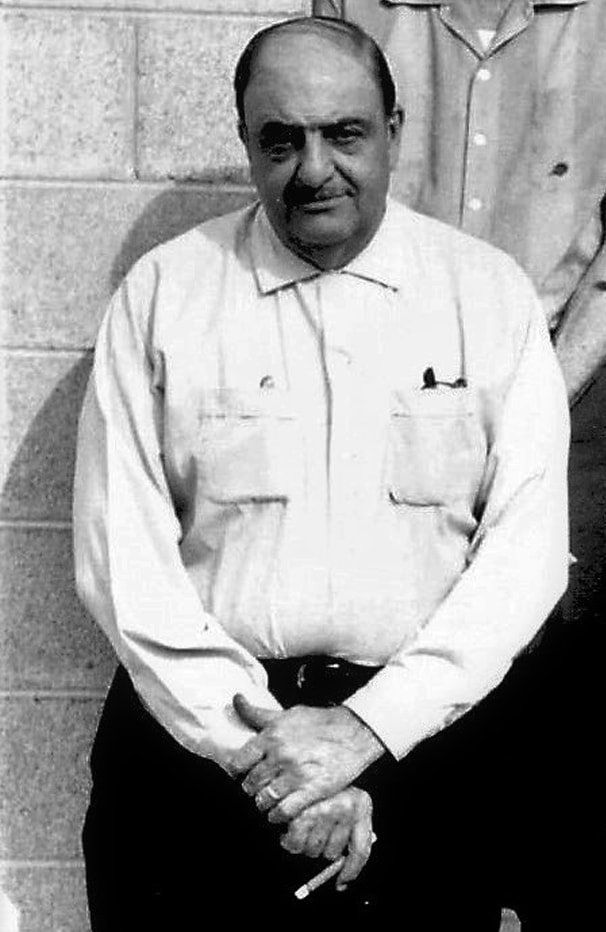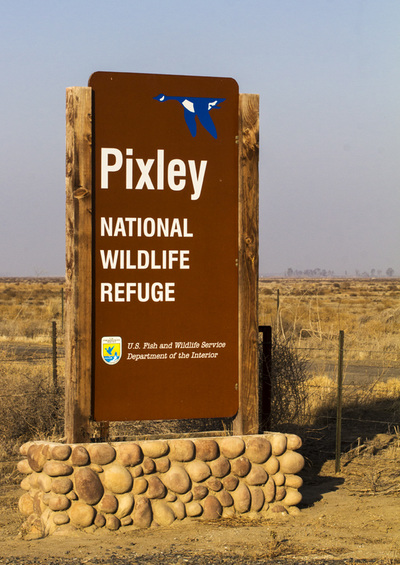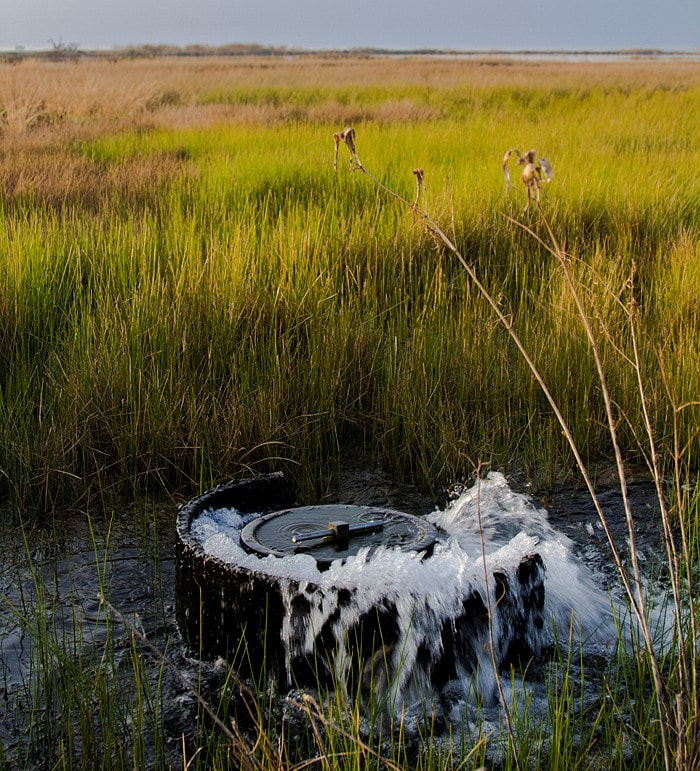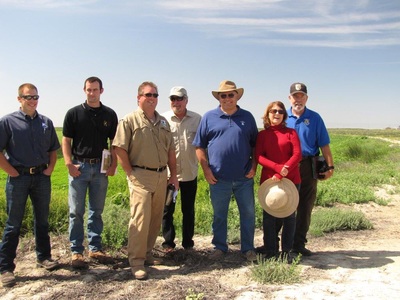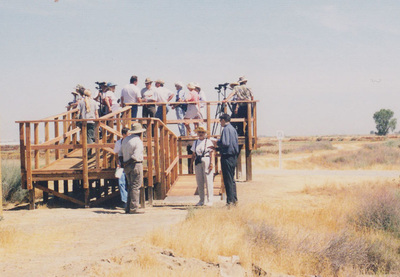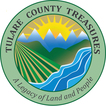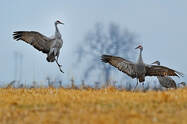|
|
PIXLEY NATIONAL WILDLIFE REFUGE
Environment: Valley, 6,939 acre wildlife refuge, wetlands, uplands, nature trail, wheelchair-accessible viewing platform Activities: birding, educational activities (signed 1.5 mile round-trip nature trail; guided walks may be arranged by contacting the Refuge at least 2 weeks in advance; the Audubon Society also conducts guided walks), hiking (on nature trail only), photography, wildlife viewing; camping nearby at Allensworth State Historic Park Open: daily, sunrise to sunset, free; no fires or smoking; no hunting (sandhill cranes usually present approximately late September to early March) Site Steward: U. S. Fish and Wildlife Service, Pixley National Wildlife Refuge/Kern National Wildlife Refuge Complex; 661-725-2767 (office open Monday-Friday, 7:00 - 4:30) Opportunities: volunteer Links: FWS NWR Pixley Sandhill Crane; FWS-Pixley National Wildlife Refuge, Kern/PixleyNWR Bird List, Nature Alley-Pixley National Wildlife Refuge, Mammals of Pixley National Wildlife Refuge, Birds of Pixley National Wildlife Refuge, Trail Guide Pixley National Wildlife Refuge, California Watchable Wildlife Books: 1) Seeking Refuge, by Robert M. Wilson (University of Washington Press, 2010) 2) The Fall and Rise of the Wetlands of California's Great Central Valley, by Philip Garone (University of California Press, 2011) 3) Vanishing Landscapes - Land and Life in the Tulare Lake Basin, by William L. Preston (University of California Press, 1981) Directions: Map and directions are at the bottom of this page. |
